Disclosure: This article contains affiliate links. We may earn a commission from purchases at no extra cost to you, which helps our travel content.
There exists a profound healing energy in Africa's untamed landscapes that resonates deep within the human spirit. Having spent decades studying therapeutic environments across the globe, I've found few places that offer the soul-stirring power of East and Southern Africa's wilderness. This summer, I embarked on what can only be described as the pinnacle of safari experiences—a meticulously crafted two-week journey from Tanzania's ancient Ngorongoro Crater to Botswana's labyrinthine Okavango Delta. This wasn't merely a vacation but rather a pilgrimage to understand how these pristine ecosystems function as natural healing sanctuaries, spaces where the boundaries between human experience and the natural world dissolve into something transcendent.
The Ancient Amphitheater: Ngorongoro Crater
Our journey began at Tanzania's Ngorongoro Crater, a collapsed volcanic caldera forming a 100-square-mile natural enclosure that cradles one of Africa's most concentrated wildlife populations. Arriving at &Beyond Ngorongoro Crater Lodge perched dramatically on the rim, I was immediately struck by how the architecture harmonizes with its surroundings—a masterclass in what I call 'contextual design dialogue.' The lodge's stilted suites blend Maasai-inspired exteriors with opulent interiors, creating spaces that feel both grounded in place yet elevated in experience.
Descending into the crater at dawn, the landscape unfolded before us like a living diorama. The morning light illuminated the caldera walls, casting a golden glow across the grasslands below. Our guide, Joseph, a Maasai elder with encyclopedic knowledge of the ecosystem, explained how this enclosed world functions as a self-sustaining entity—not unlike the healing gardens I design, where each element serves multiple purposes in the overall system.
The crater floor revealed its treasures gradually: a pride of lions lounging in tall grass, massive tusked elephants traversing ancient pathways, and critically endangered black rhinos browsing in the distance. I was particularly fascinated by the alkaline Lake Magadi at the crater's center, where thousands of flamingos created undulating pink patterns against the blue water—nature's own therapeutic art installation.
What struck me most profoundly was the crater's perfect balance. Here was a landscape that had found equilibrium after catastrophic volcanic collapse, transforming destruction into a cradle of life—a powerful metaphor that resonated with my work creating healing spaces for those recovering from illness.
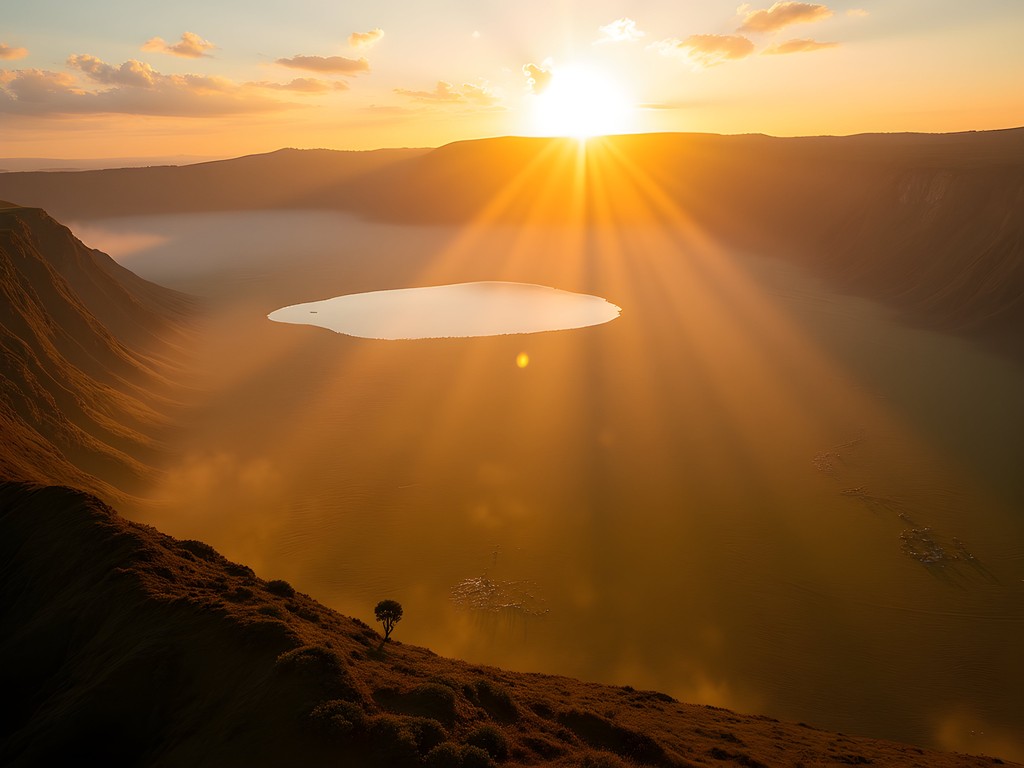
💡 Pro Tips
- Book a private safari vehicle for flexibility in your wildlife viewing schedule
- Request a guide with botanical knowledge if you're interested in the medicinal plants of the region
- Visit the crater floor early morning or late afternoon for optimal wildlife viewing and photography light
Serengeti Sanctuary: Where Land Meets Sky
From Ngorongoro, we ventured northwest to the endless plains of the Serengeti, where I spent three transformative nights at Singita Sasakwa Lodge. The transition from the enclosed crater to the boundless savanna creates a psychological shift that's almost palpable—a release from containment to infinite possibility. This spatial transition is something I often incorporate into my therapeutic landscape designs, guiding people from intimate, protected spaces to expansive vistas that encourage mental liberation.
Sasakwa Lodge deserves special mention for its architectural brilliance. Set on a Tanzanian hill with commanding views, it marries colonial elegance with indigenous materials in a way that feels both timeless and authentic. Each morning, I awoke before sunrise, brewing coffee with the portable espresso maker I never travel without, and sat on my private veranda watching the landscape transition from star-studded darkness to painted dawn.
Our days followed the rhythms of the wildlife. We tracked a leopard as she hunted impala through acacia woodlands, witnessed the thunderous crossing of wildebeest at the Mara River, and spent a mesmerizing afternoon observing a cheetah teaching her cubs to stalk prey—nature's master class in patience and precision.
Beyond the expected game drives, I arranged a walking safari with an expert tracker who identified medicinal plants used by local tribes—knowledge that parallels many of the botanical remedies I've documented across cultures. The Maasai guide showed me how certain acacia species produce anti-inflammatory compounds similar to those in Western pharmaceuticals, reinforcing my belief in the universal language of healing plants.
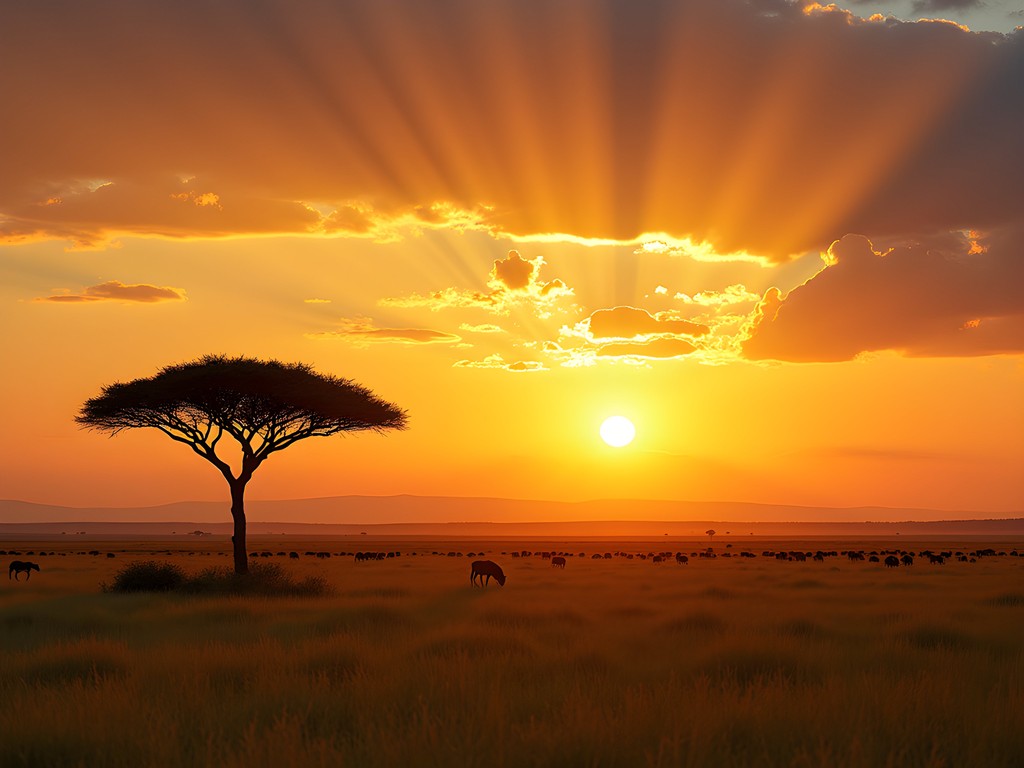
💡 Pro Tips
- Invest in quality binoculars for detailed wildlife observation
- Request a private sundowner experience away from other guests for authentic connection with the landscape
- Learn a few Swahili phrases to connect more deeply with local staff and guides
Transition: From East to Southern Africa
The journey from Tanzania to Botswana offered a day of reflection at Johannesburg's Saxon Hotel—a necessary pause between these two distinct safari experiences. I've learned through years of designing therapeutic spaces that transitions are crucial; they allow the mind to process experiences before embracing new ones.
During this interlude, I reviewed my field sketches and notes, a practice I've maintained throughout my career. My travel journal has become an essential tool for documenting not just what I see, but how spaces make me feel—information that later informs my landscape designs. I've found that sketching a location, rather than merely photographing it, creates a deeper connection with place.
This transitional day also allowed me to prepare mentally for the shift from the predominantly terrestrial ecosystems of Tanzania to the water-dominated landscapes of the Okavango. Each environment engages our senses differently, activating various healing responses. The savanna's expansive horizons promote perspective and clarity, while water landscapes often induce contemplation and calm—complementary therapeutic effects I wanted to experience sequentially.
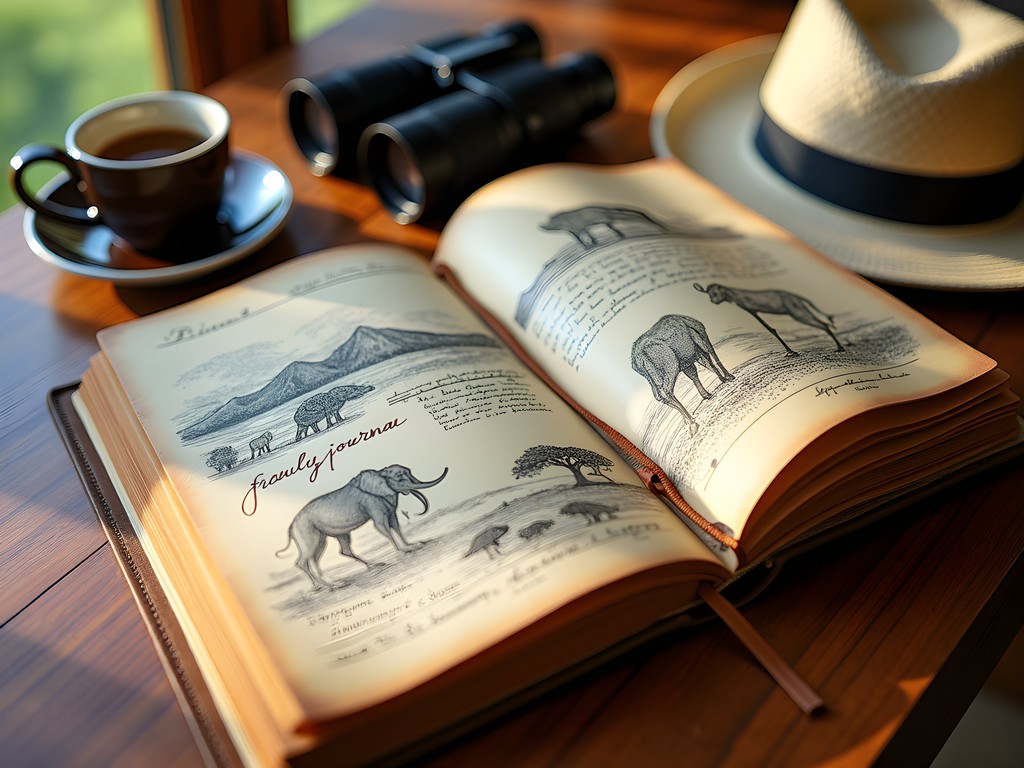
💡 Pro Tips
- Schedule at least one transition day between major destinations to process experiences
- Maintain a travel journal with both written observations and sketches to deepen your connection with places
- Use transition days to research the ecological differences of your next destination
Okavango Delta: The Living Waters
Arriving at Botswana's Okavango Delta feels like entering another world entirely—one where water, not earth, dictates the rhythm of life. This massive inland delta, fed by waters that journey more than 1,000 miles from Angola's highlands, creates a verdant paradise in the midst of the Kalahari Desert—a perfect example of nature's ingenious water management that puts human irrigation systems to shame.
Our home for four nights was Jao Camp, an architectural marvel suspended between earth and sky on elevated platforms among massive fig trees. The design brilliantly interprets the delta's essence through sustainable materials and forms that echo rippling water. My suite featured a private plunge pool overlooking a floodplain where red lechwe antelope waded through crystal waters, creating concentric patterns that any landscape architect would envy.
Exploring the delta requires multiple perspectives. By mokoro (traditional dugout canoe), we glided silently through papyrus channels, the water so clear I could study the complex root systems below—nature's blueprint for filtration and stability. From above, a helicopter flight revealed the delta's true magnificence: a massive green hand with watery fingers stretched across the desert, creating islands of concentrated life.
What fascinated me most was the delta's seasonal breathing—expanding and contracting with annual floods, creating a dynamic landscape that forces all inhabitants to adapt. This natural rhythm mirrors the healing cycles I incorporate into therapeutic gardens, where seasonal changes prompt different interactions and emotional responses.
For wildlife viewing, I recommend investing in a quality waterproof camera that can handle the transition from dusty game drives to water activities. The delta's unique environment means you'll be photographing kingfishers diving alongside hippos one moment, then tracking lions through palm islands the next.

💡 Pro Tips
- Experience the delta from multiple perspectives: mokoro canoe, motorboat, helicopter, and on foot
- Pack quick-dry clothing that offers sun protection for water activities
- Request a specialist bird guide if you're interested in the delta's extraordinary avian diversity
The Therapeutic Design of Luxury Safari Lodges
As a landscape architect specializing in healing environments, I was particularly attentive to how these luxury safari properties incorporate wellness principles into their design. The best lodges don't merely offer spectacular views—they create multisensory experiences that facilitate connection with nature's healing elements.
At Singita Sasakwa, I noted how the positioning of outdoor seating areas frames specific landscape views, directing attention to calming focal points like distant acacia trees or water holes that attract gentle herbivores. These thoughtfully composed vignettes employ the same principles I use when designing hospital healing gardens—creating visual anchors that allow stressed minds to rest and recover.
Jao Camp in the Okavango takes a different approach, emphasizing immersion over observation. The architecture literally elevates guests into the tree canopy, where the gentle sway of branches and dappled light patterns create what neuroscientists call 'soft fascination'—a state where attention is held effortlessly, allowing mental restoration.
Beyond visual design, these properties masterfully incorporate therapeutic soundscapes. At Ngorongoro Crater Lodge, the absence of motorized sounds and the gentle murmur of distant wildlife creates an acoustic environment that measurably reduces cortisol levels. Similarly, the water-dominated soundscape of the Okavango—with its chorus of frogs, bird calls, and gentle water movement—produces alpha brain waves associated with meditative states.
For travelers interested in maximizing the wellness benefits of safari, I recommend packing a meditation cushion for morning mindfulness sessions overlooking these spectacular landscapes. The combination of natural beauty and comfortable seating creates perfect conditions for contemplative practice—something I incorporated into my daily routine throughout the journey.
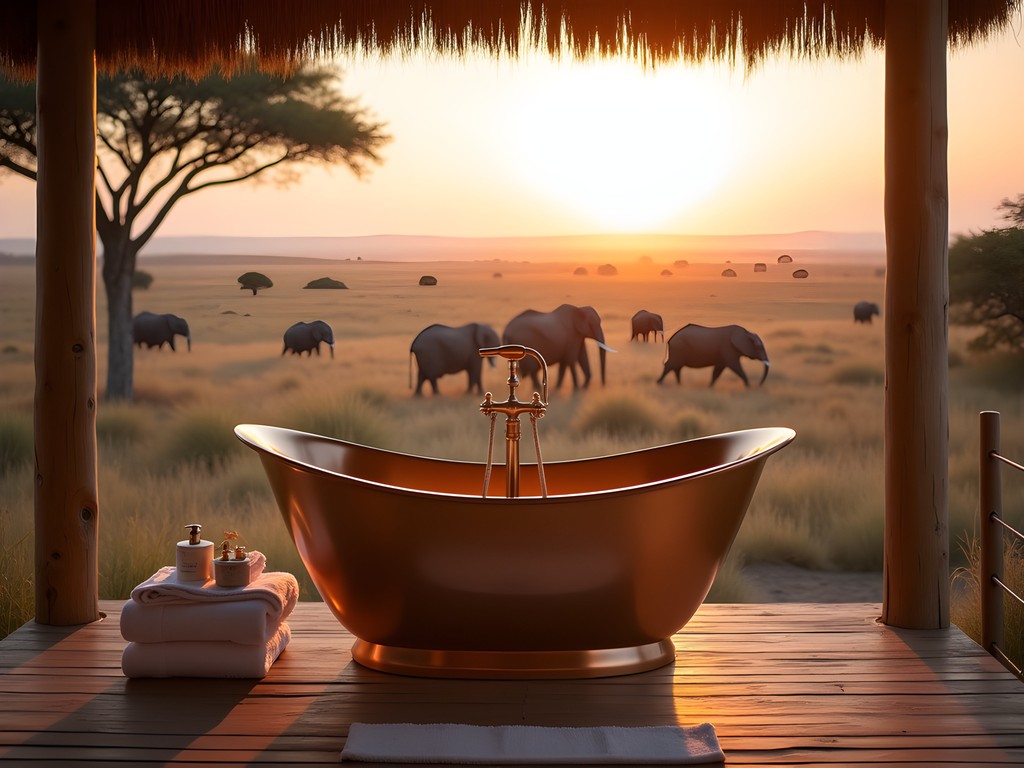
💡 Pro Tips
- Request rooms positioned for optimal sunrise or sunset views
- Spend time in different areas of the lodge property at various times of day to experience changing light and wildlife activity
- Ask staff about the architectural inspiration behind the lodge design—many incorporate fascinating cultural and environmental references
Final Thoughts
This journey from Ngorongoro to the Okavango represents more than a luxury safari—it's an immersion in two of Earth's most perfectly designed healing landscapes. These environments demonstrate principles I've spent a lifetime studying: the power of transitional spaces, the psychological impact of prospect and refuge, and the restorative quality of water in landscape. For couples seeking reconnection with each other and the natural world, this safari circuit offers profound opportunities for shared wonder. As we face increasing environmental challenges globally, these pristine ecosystems remind us of what's at stake—and why creating and preserving therapeutic landscapes matters not just for human wellbeing, but for the planet's health. I return to my London garden design studio carrying not just memories, but renewed purpose in my work creating spaces that heal both people and the earth we share.
✨ Key Takeaways
- The Tanzania-Botswana safari circuit offers complementary ecosystem experiences that engage different healing responses
- Luxury lodges in these regions incorporate sophisticated biophilic design principles that enhance wellness
- Transitioning between different landscape types (enclosed crater, open savanna, water delta) creates a more profound safari experience
- These pristine ecosystems offer powerful models for therapeutic landscape design worldwide
📋 Practical Information
Best Time to Visit
June to September (dry season with optimal wildlife viewing)
Budget Estimate
$20,000-$30,000 per person for ultra-luxury experience
Recommended Duration
12-14 days minimum
Difficulty Level
Easy (With Proper Planning And Accommodation Choices)
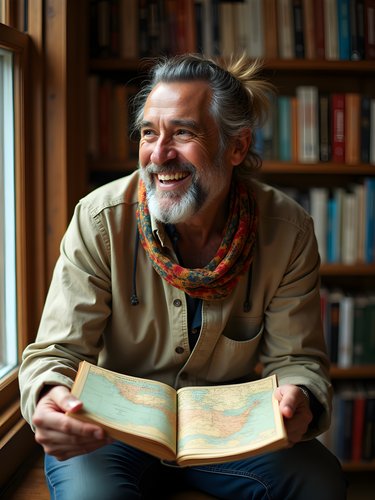
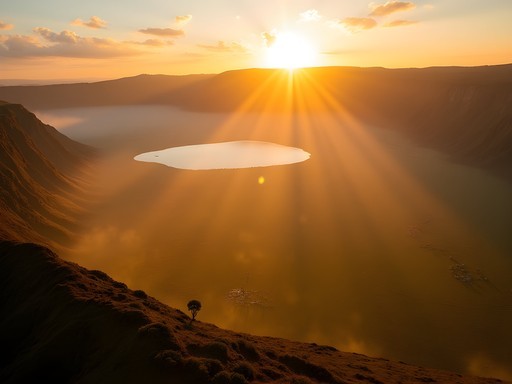

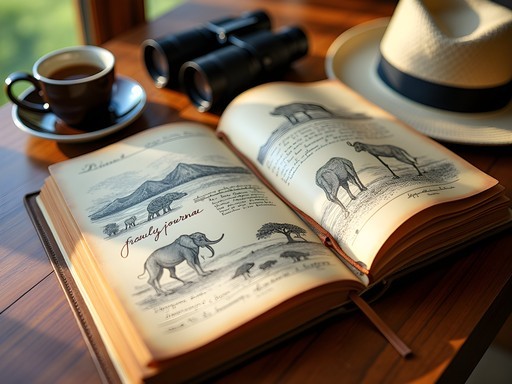

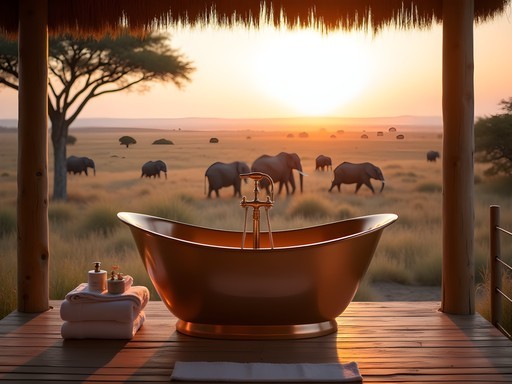


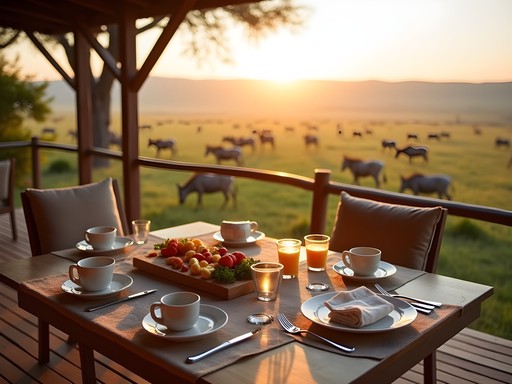

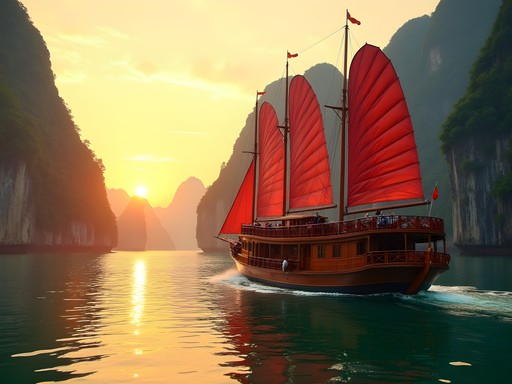


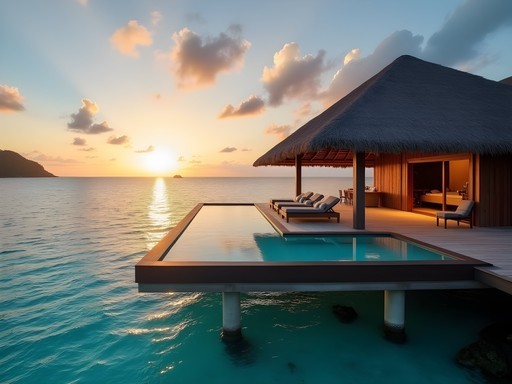
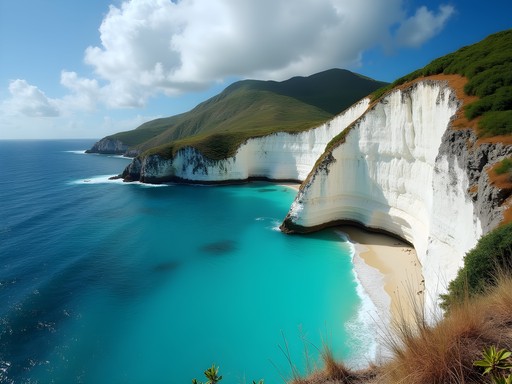
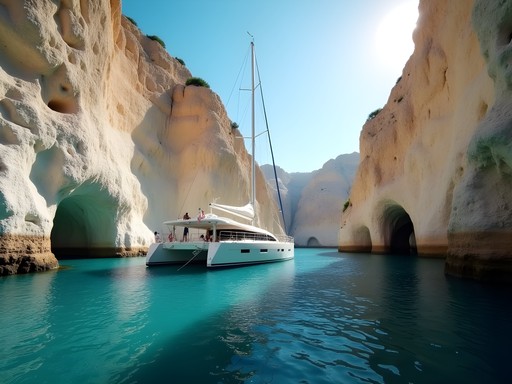
Comments
Megan Martin
Taylor, your description of the 'healing energy' of these landscapes resonates so deeply with me. I've been fortunate to visit both regions multiple times for my travel blog, and there's something profoundly transformative about disconnecting from our digital world and reconnecting with these ancient rhythms. For anyone planning this journey, I'd add that the contrast between the crater's contained ecosystem and the Delta's sprawling waterways offers two completely different safari experiences. In Ngorongoro, I recommend requesting a packed lunch and spending a full day in the crater rather than returning to your lodge midday. In the Okavango, splurge on at least one night in a water-based camp and one in a land-based camp for the full spectrum of experiences. And don't rush! This is definitely a trip where slower is better - the magic happens in those quiet moments between game drives.
freeguy
Megan - that tip about splitting between water and land camps in Okavango is gold! Wish I'd known that before my trip. Guess I'll have to go back! 😁
Megan Martin
Always a good excuse for a return trip! If you do go back, try to visit during a different season - the Delta especially transforms completely between wet and dry seasons.
wavezone
This looks amazing! Planning a honeymoon for next year and considering this exact route. How many days would you recommend for each location to really soak it all in?
Taylor Moreau
Congratulations on your upcoming wedding! For a honeymoon, I'd recommend at least 3-4 nights in each location. Ngorongoro deserves 3 nights (one full day in the crater, one day exploring the highlands), Serengeti needs 4 nights minimum (especially if you want to catch migration movements), and Okavango deserves 4-5 nights split between two camps for different ecosystems. The transition day between countries is basically a full travel day. Hope this helps with your planning!
wavezone
Thanks so much, Taylor! That's super helpful. Did you use a specific tour company or book everything separately? I'm a bit overwhelmed by all the options.
Taylor Moreau
For a complex multi-country safari like this, I'd recommend using a specialist safari operator. I used Extraordinary Journeys for my trip, but there are several excellent companies that specialize in luxury East and Southern Africa combinations. The logistics of small aircraft transfers and border crossings are much easier with expert help!
freeguy
Just got back from Ngorongoro last month and WOW - Taylor's description of it as an 'ancient amphitheater' is spot on! That moment when you first look down into the crater is absolutely mind-blowing. We stayed at a lodge on the rim and watching the sunrise over the crater was like watching the world wake up. Did anyone else feel that weird sense of peace Taylor mentioned? I thought it was just me being jet-lagged but there really is something special about that place.
Megan Martin
That sunrise view is magical, isn't it? I've been twice and both times it felt like watching the world as it was meant to be. Which lodge did you stay at on the rim?
freeguy
We stayed at the Ngorongoro Serena Safari Lodge. Not the fanciest option but that view was worth every penny! Did you make it to the Okavango too?
Megan Martin
I did! The contrast between the two destinations is remarkable. Ngorongoro feels ancient and grounded, while the Okavango has this dreamlike quality with all the water channels. If you get a chance to go back, try to visit during the annual flood - it's a completely different experience.
tripbuddy
Your description of the Okavango Delta as 'living waters' is spot on! Those sunset mokoro rides are pure magic.
escapebackpacker
Great post! I'm planning something similar but on a tighter budget. How did you handle the logistics between Tanzania and Botswana? Any tips for making that connection without breaking the bank completely?
tripbuddy
Not the author but I did this route last year! Look into Airlink flights from Kilimanjaro to Maun with a stopover in Johannesburg. Book well in advance and be flexible with dates. We saved by doing mid-range camps in Botswana and splurging only in Tanzania.
escapebackpacker
Thanks for the tips! Did you find shoulder season pricing made a big difference? Thinking about May or November.
tripbuddy
Absolutely! We went in November and saved about 30% on accommodations. Just be prepared for some afternoon showers in Botswana. The green season also meant fewer vehicles at sightings. I used my waterproof binoculars constantly during those light rains - totally worth having good optics!
Sophia Gomez
Taylor, your description of the transition from East to Southern Africa resonated with me so much! I did a similar journey last year while researching for a corporate retreat location. The contrast between the Serengeti's open plains and the Okavango's intricate waterways offers such different yet equally powerful experiences. I found myself completely disconnected from the digital world in the best way - something I now recommend to all my executive clients seeking true restoration. The mokoro rides through the Delta channels were particularly transformative. Did you have a favorite camp between your Tanzania and Botswana stays?
Taylor Moreau
Hi Sophia! I'd have to say Sanctuary Chief's Camp in the Okavango stole my heart - the private plunge pools facing the floodplains created this perfect marriage of luxury and wilderness. Though the andBeyond property in the Serengeti was a very close second! Did you find the transition between countries smooth? That's often a concern for my readers.
Sophia Gomez
The transition was surprisingly seamless! I flew from Kilimanjaro to Maun via Johannesburg, which took most of a day but was worth it. The camps handled all the transfers, which made a huge difference. Chief's Camp was on my shortlist too - that location in the Mombo Concession is unbeatable for wildlife.
photopro
Those Ngorongoro Crater shots are incredible! What camera setup were you using? The colors and clarity really capture that healing energy you described.
Taylor Moreau
Thanks! I used a Sony A7IV with the 100-400mm G Master for most wildlife shots. The light in the crater is absolutely magical, especially at dawn.
photopro
That explains the quality! I've been debating upgrading my gear before my Kenya trip next year. The low light performance looks fantastic.
LuxeExplorer
Those lodges look incredible! Adding this itinerary to my bucket list immediately!
GlobalTrekker
Just returned from a similar itinerary and can confirm everything Taylor wrote about the healing aspects of these landscapes. Our guide in Ngorongoro told us the crater is called "Africa's Eden" by locals, and I truly felt that connection. The transition from Tanzania to Botswana was fascinating - same continent but such different safari experiences! In the Okavango, sitting silently in a mokoro while elephants crossed the channel in front of us was absolutely life-changing. Taylor, did you visit any local communities during your travels? Our visit to a village near the Ngorongoro Conservation Area was one of the most meaningful parts of our journey.
Taylor Moreau
Yes! We spent time with a Maasai community near the crater rim - such generous hosts who shared their traditional knowledge of the landscape and its medicinal plants. In Botswana, we visited a community project supported by our camp that focuses on sustainable basket weaving using local materials. These cultural exchanges added so much depth to understanding the conservation challenges and successes in both regions.
SafariDreamer22
Going to Tanzania next month! How was the weather when you visited Ngorongoro?
Taylor Moreau
It was surprisingly cool in the mornings! Definitely pack layers - we had misty 50°F mornings that warmed to pleasant 75°F afternoons. The crater rim gets particularly chilly at night.
Venture X
Premium card with 2X miles, $300 travel credit, Priority Pass